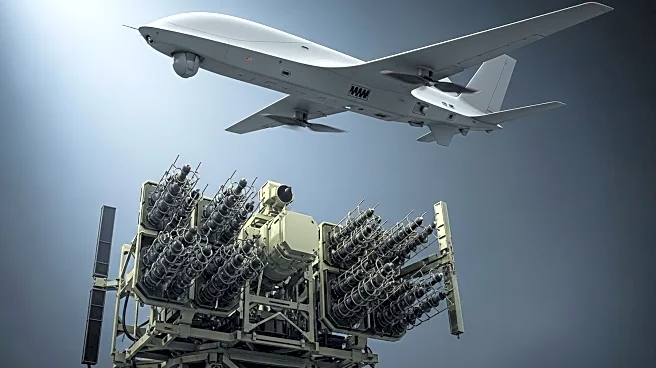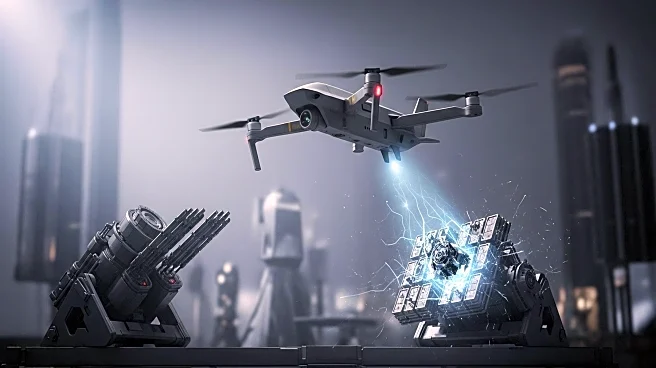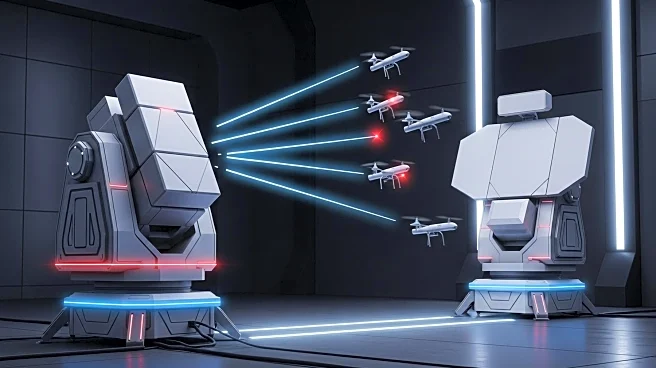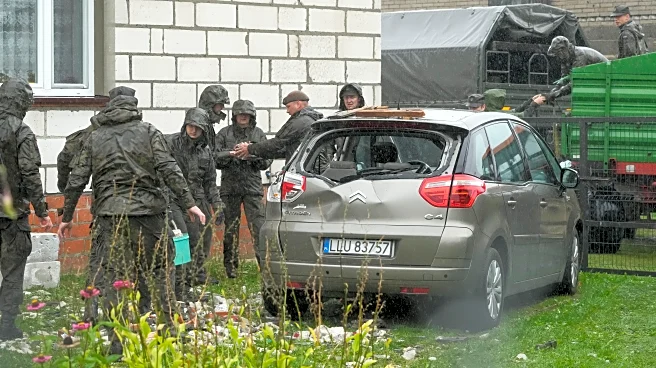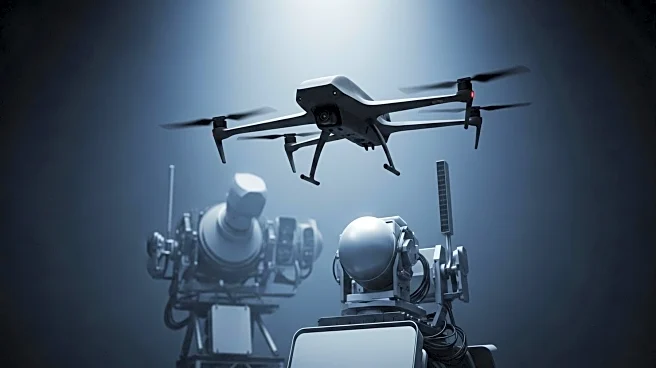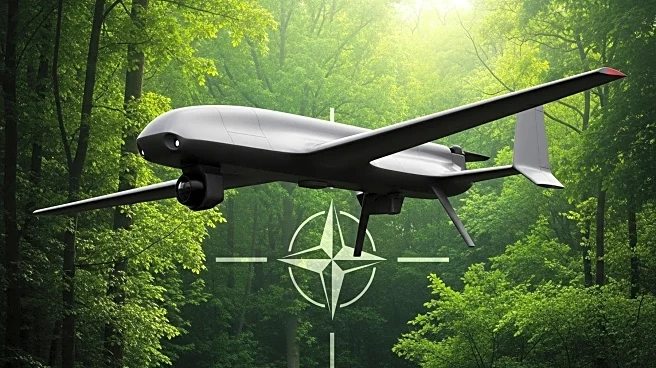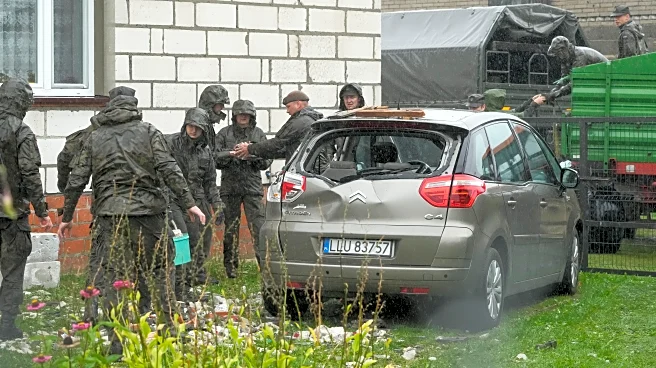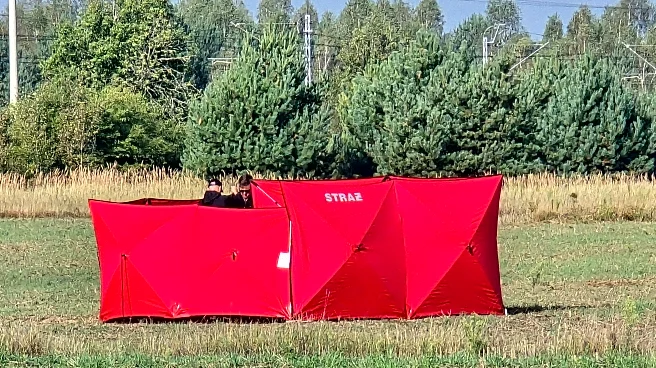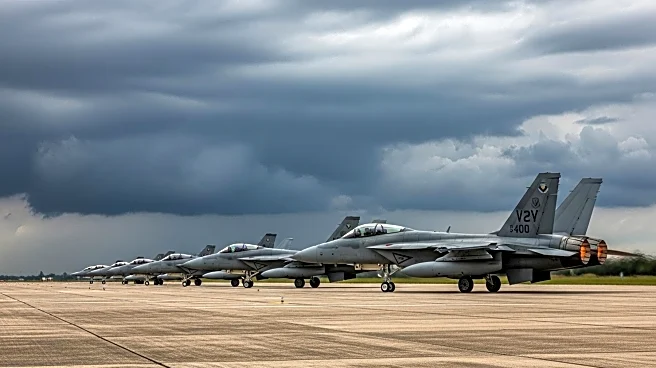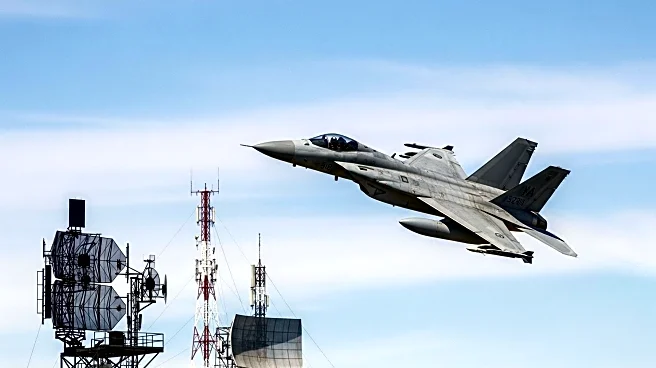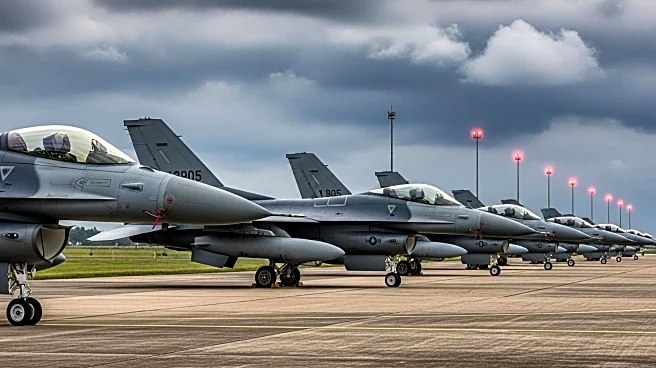What's Happening?
NATO recently faced a significant challenge when Russian drones violated Polish airspace, prompting a military response. The incident involved the scrambling of fighter jets and activation of air defense systems. This event exposed vulnerabilities in NATO's ability to counter drone threats, as the drones managed to penetrate deep into Polish territory. The situation has raised concerns about the effectiveness of current air defense strategies against low-cost, unmanned aerial vehicles.
Why It's Important?
The incident underscores the growing threat posed by drone technology in modern warfare. As drones become more sophisticated and accessible, traditional air defense systems may struggle to adapt. This poses a risk not only to military installations but also to civilian infrastructure. The event highlights the need for NATO and other military alliances to invest in new technologies and strategies to counter drone threats effectively. It also raises questions about the economic sustainability of using expensive military assets to counter relatively cheap drones.
What's Next?
NATO may need to reassess its air defense strategies and invest in technologies specifically designed to counter drone threats. This could involve developing electronic warfare capabilities and enhancing radar systems to detect and neutralize drones more effectively. Additionally, there may be increased collaboration among NATO members to share intelligence and resources in addressing this emerging threat. The incident could also prompt discussions on international regulations and agreements regarding the use of drones in conflict zones.
